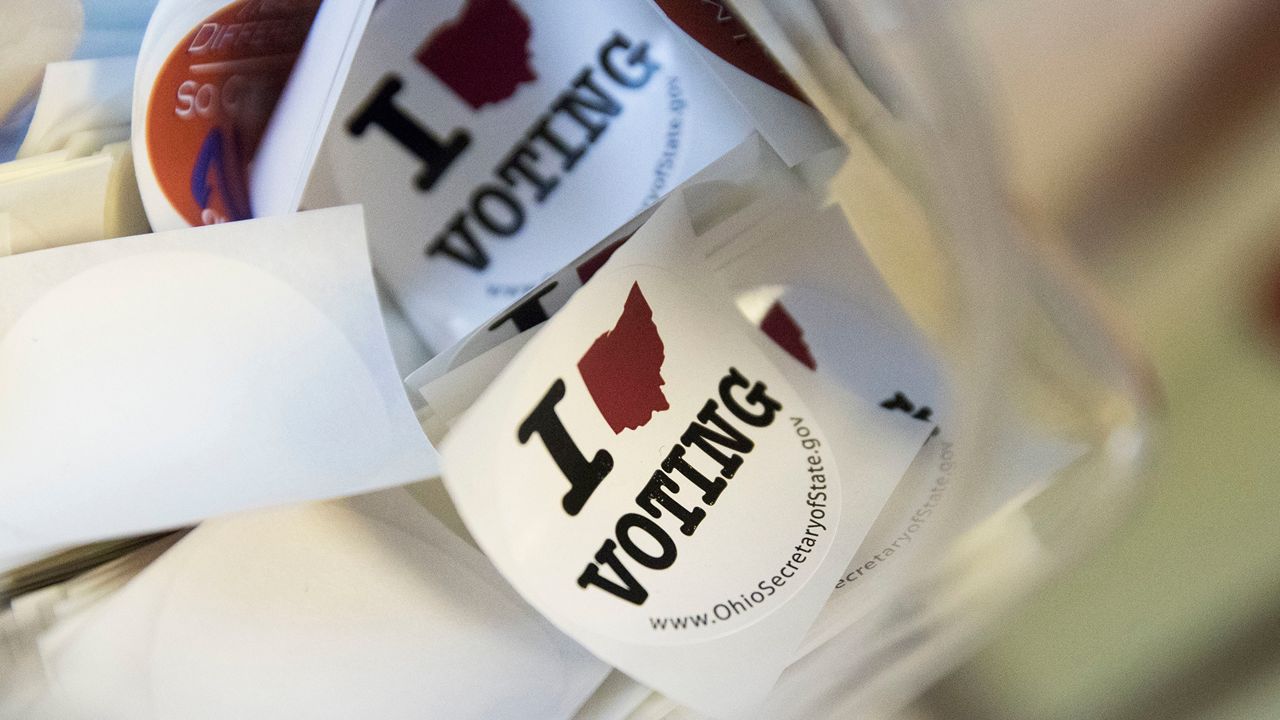OHIO — One of the many parts Ohioans will be voting on is Issue 1 — also called the "Citizens Not Politicians Amendment." It's a gerrymandering measure that will decide whether politicians continue to draw the state's districts, or to hand over the power to a commission made up of regular citizens.
A "yes" vote for Issue 1 would take lawmakers out of the process of drawing districts.
If passed, the amendment would change the state constitution and create Citizens Redistricting Commission, composed of 15 people. Any registered and qualified voter would be able to apply for a spot on the commission. However, current or former politicians, political party officials, lobbyists and their family members wouldn't be able to apply, according to the legislation.
The applicants would be narrowed by a bipartisan panel of retired judges, and would ensure the group is made up of equal parts Republican, Democrat and Independents.
A "no" vote means the current process will stay. The current process involved the Ohio Redistricting Commission is made up of seven people — two always being Republicans, two being Democrats and the three other spots go to the governor, secretary of state and the auditor. These lawmakers are the ones who draw the maps.
The topic of redistricting came to a head over the last few years, when the Ohio Supreme Court struck down seven maps, saying that the GOP members were unfairly drawing districts in their favor.
Additionally, Ohioans voted overwhelmingly in 2015 to create the commission and have it draw Statehouse districts. During that bipartisan campaign, called Fair Districts for Ohio, they were promised the new system would "protect against gerrymandering.” In 2018, voters gave the commission an additional role in a new system set up to draw congressional districts.
Citizens Not Politicians, the group behind the amendment, argues the existing system has failed, leading to the creation of Issue 1.
The Associated Press contributed to this report.



